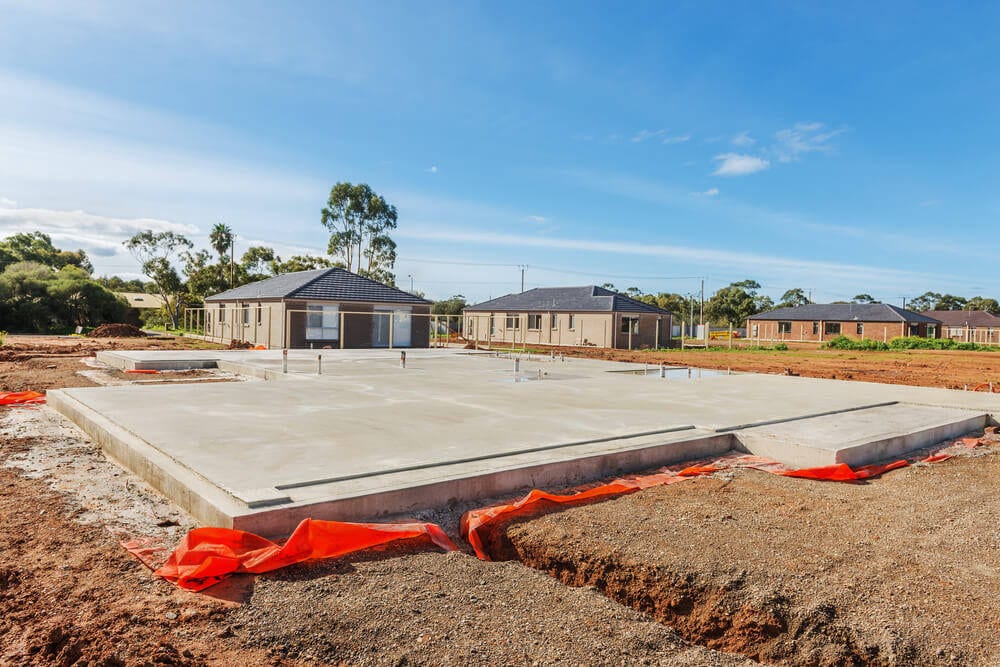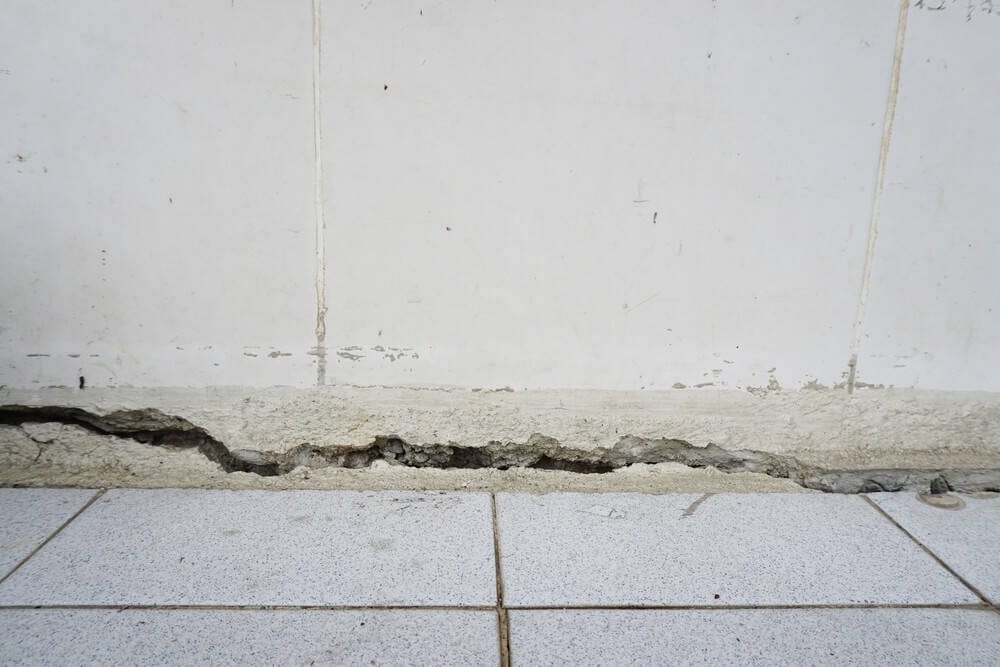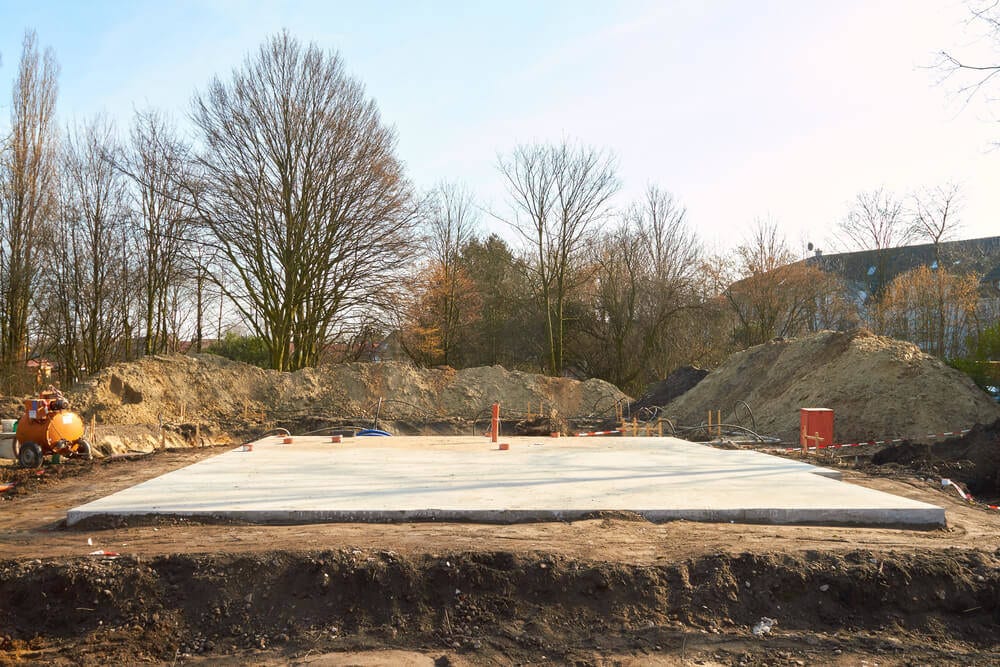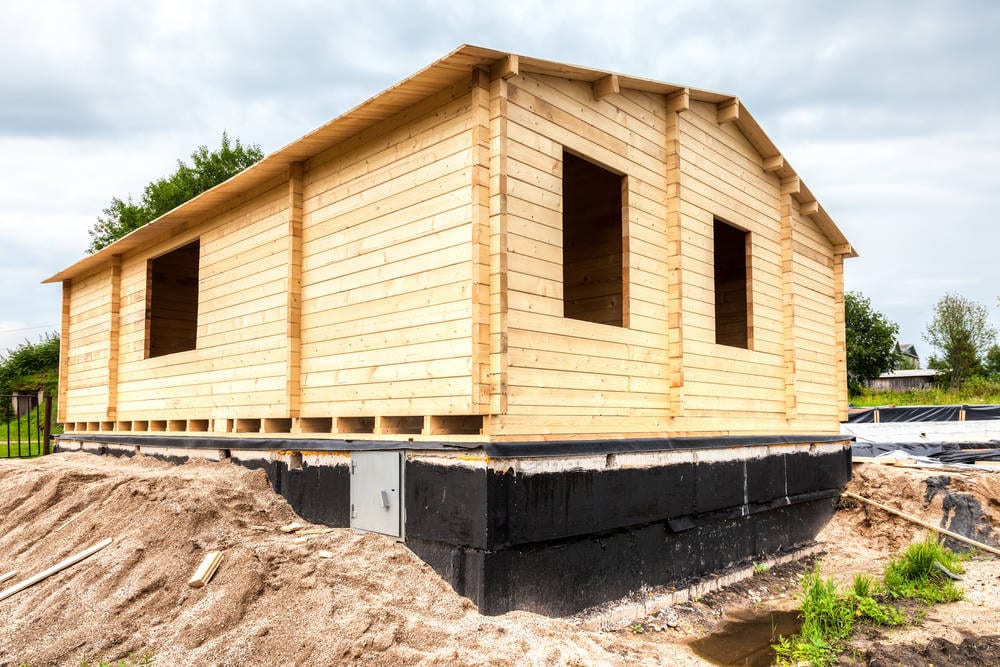If you own a residential log cabin that’s situated in a place with extreme cold temperature you may not be aware of the fact regarding the adverse effects that cold or freezing temperature has on your log cabin’s foundation. A foundation which is covered with soil may not experience heaving but an uncovered foundation will not be very lucky.
The surprising thing to learn about foundation damage is that it usually occurs before the temperature reaches freezing point. A lot of log cabin owners usually have an unclear understanding about the distinction between freezing and cold weather and this has increased the onset of damage occurring in the foundations of their log cabins. The reality is that when the temperature falls below forty degrees for three straight days, the possibility of experiencing foundation damage is simply heightened.

The normal result of freezing temperature is the formation of ice that tends to freeze on the surface, creating frost heave in the process. This phenomenon takes place when the ice is restrained by the underlying soil then eventually solidifying in the process. The frozen ice is strong and mighty enough to create cracks in the pavements and even create damage to the foundation of a residential log cabin.
It is normal for the ground to experience heaving because the freezing temperatures are turning into frost and ice-susceptible soil. And with ample moisture, the earth or soil will not have enough strength to withstand and fight off the weather.
While these threats are something that will most likely occur and happen to the foundation of your log cabin after winter, you should keep in mind that there are certain ways that can help you in lessening the possibility of experiencing foundation damage which is commonly brought about by freezing temperatures.

For one, you can protect your most valued residential log cabin by simply putting up or installing polystyrene insulation. Installing an inch thick of this insulation from the ground up is good and effective enough in preventing frost and frozen ice from moving beneath the foundation’s surface. With this kind of insulation, heaving will most likely occur away from the foundation, helping the ground in retaining itself as one piece. This particular tip is essential for you especially when you are looking forward to having zero foundation repairs in the future.
The Foundation Requirements for a Residential Log Cabin
If you are thinking about erecting your own log cabin it is important that you should be able to create a strong and solid foundation for it in the first place. This proves to be true when you are planning to build that log cabin in a place with cold and freezing temperatures. Thus, you need to know first what the base or foundation requirements are before getting underway with the construction and realization of your dream log house.
One important thing that you need to take note of when planning to build a residential log cabin is that log cabins are not similar to sheds as far as build and construction are concerned. Basically, when a shed is built, the floor is placed down first. Most log cabins are built initially and their floor follows and sits within the cabin. It comes with a floating floor and does not necessarily touch the cabin walls but in most cases, the floor joists are attached or connected to the foundation beams of the log cabin.

Thus, the following things are highly relevant when erecting a log cabin especially in places with freezing temperatures:
The Foundation Beam
The majority of log cabin builders make sure that their cabins are built around the perimeter of a foundation or base, building it on the beam of the foundation. Beams are often tanalized and are supplied to go around the building perimeter and sit between the base and the first log. This particular technique gives the first layer of logs the protection it needs from sitting directly on any water or ice surface. A profiled foundation beam is another option that you may want to consider for your residential log cabin.
The Perimeter
It is important to note that all of the weight of the above is on the log cabin’s perimeter and this has to be taken into consideration when constructing the cabin’s base or foundation. In many cases, the centre of a cabin’s base is sound but it is sad to see that its edges are all drooping and chipped where the shuttering has been removed. This happens because these cabins were built in the same way as sheds are constructed.
This should also give you the idea that the greatest strength of your log cabin foundation should be within its perimeter as this is where all the weight is.

The Level
If the base isn’t level we sometimes have to make use of what we are given or that which is already laid. There is not often a great deal we can do about it. Adding a screed to a concrete foundation to get the level you want rarely works, making it fall away when pressure is applied on it. If this is the case then you have to do something before the residential log cabin can be constructed. Either the cabin is demolished and rebuilt again, or another remedy needs to be searched for and realized.
If you intend to chock up your cabin it is important that what you do is strong enough to support the whole length and not just a single corner of the cabin. You should also make use of timber that does not rot easily and see to it that the foundation beam gets the support it needs throughout its length. Most of all make sure the log cabin is completely level in both planes regardless of what you do.

The Footprint
Adding a French drain to your cabin’s footprint not only looks nice but also helps in absorbing water and stopping it from splashing up. It also removes the need for making gutters for your cabin as well.
Follow these tips and pointers in order to prevent your residential log cabin’s foundation from being damaged by water or ice particles which are commonly brought about by the cold winter season.












